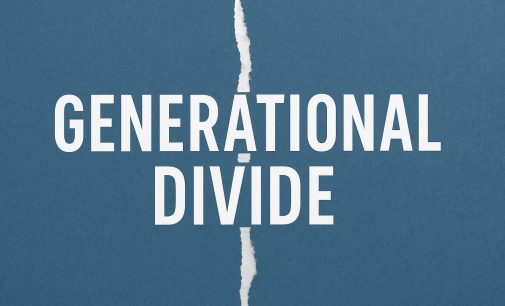In many small employer 401k plans, those pressures combine with poor vendor selection, weak oversight, and minimal participant education to create environments where employees pay more and get less.
Plan Sponsors

That sense of distinctiveness opens the door to a deeper look at how automation has evolved in accumulation and how far that logic can be pushed into decumulation. AskFiduciaryNews.com approached the question by surveying patterns across FiduciaryNews.com coverage.

Viewing this content requires a Basic (Free) Membership or better. You are not currently logged in. If you have an account, you may login below, or use the “Log In”

How can fiduciaries bridge the generational divide in 401k communication without inviting ERISA scrutiny? The strategies that follow may prove transformational.

The moments immediately following the detection of a cyber incident are crucial. Prompt containment limits damage, prevents data loss, and fortifies plan stability. A rapid protocol turns confusion into control, helping fiduciaries avoid ERISA liability and maintain operational stability.

While the current landscape is still taking shape, the trajectory of AI’s influence is undeniable. There’s no question 401k AI is moving in a direction where it will take on a critical role in moving beyond averages to identify specific savings gaps and in enabling more precise, effective fiduciary interventions.

By proactively addressing these critical 401k plan sponsor questions, sponsors can enhance their plans, protect participants, and shield themselves from unnecessary fiduciary exposure.












